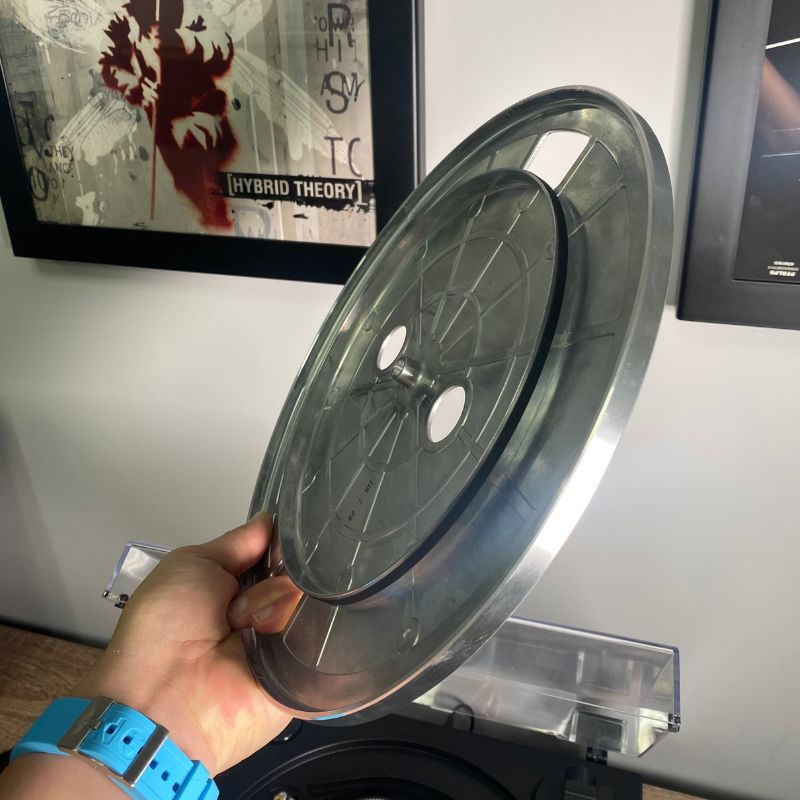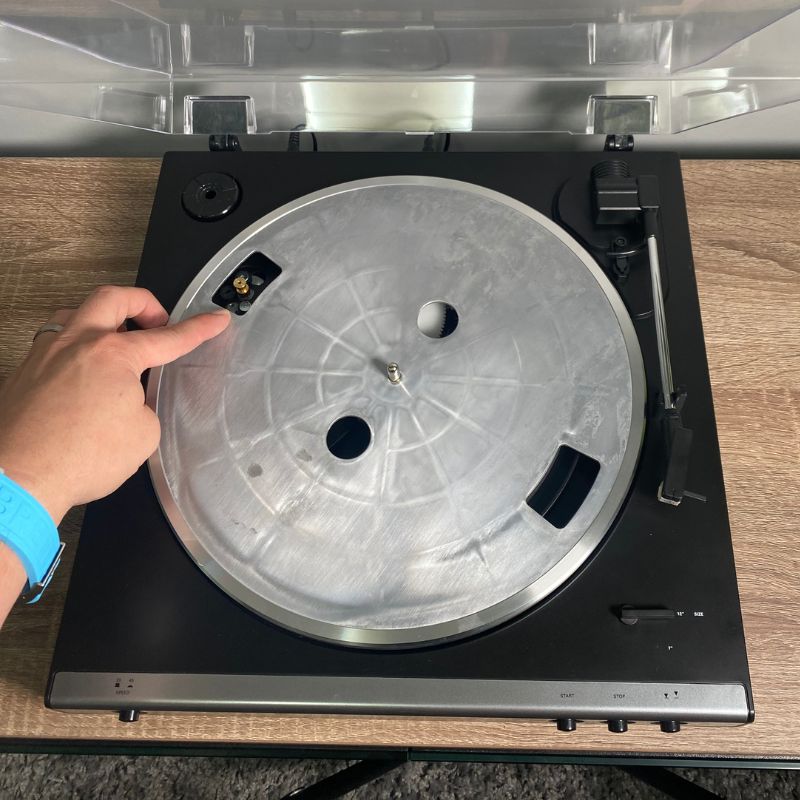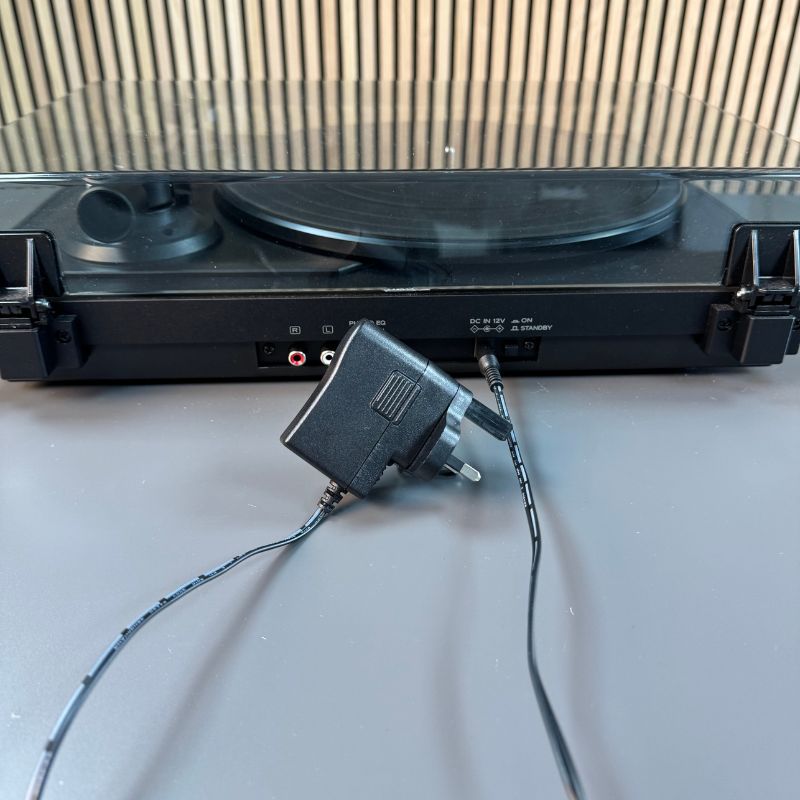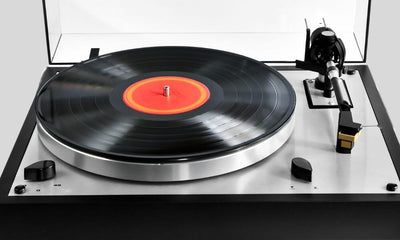Ah, the turntable! That delightful contraption that spins our favourite vinyl records, transporting us to a world of musical bliss.
But what happens when this magical machine decides to take a day off, leaving us in a state of despair, staring at a stationary disc in silence?
Fear not, in this guide we'll look into some of the reasons why your turntable isn't spinning and hopefully it's an easy fix!
The Usual Suspects
Like any good detective story, we must first consider the usual suspects.
In the case of our turntable, these could be a variety of things, from a mischievous belt to a lazy motor.
Let's examine these potential culprits in more detail.

The Belt
Many turntables utilise a belt drive system to spin the platter.
Over time, these belts can become worn or stretched, causing them to slip, come off the platter or, in some cases, break entirely.
If your record player is of the belt-driven variety, a faulty belt could very well be the villain of our tale.
Checking the belt is a relatively simple task.
Simply remove the platter and inspect the belt for any signs of wear or damage.
Make sure that it's still fitted around the platter, it could simply have just slipped off and be a quick easy fix.
If the belt appears to be in good condition and is fitted correctly then try repositioning it to ensure it is correctly aligned.
If, however, the belt is damaged, you'll need to source a replacement.

The Motor
Another potential culprit is the motor.
If the motor is not functioning correctly, the turntable will not spin.
This could be due to a variety of issues, such as a blown fuse, a faulty power supply, or a worn-out motor.
Testing the motor can be a bit more complex than checking the belt.
The first thing I'd recommend is to turn the turntable on and see if the belt-drive spindle is spinning.
If not then it could be a motor failure or a power supply failure.
At this point you'd need to use a multimeter to check the voltage and continuity to narrow down the problem. If you're not comfortable doing this yourself, it may be best to enlist the help of a professional.
Other Possible Causes
While the belt and motor are the most common culprits, there are other potential causes for a non-spinning turntable.
Let's delve a little deeper into these less common, but equally troublesome, issues.

The Power Supply
It may seem obvious, but it's always worth checking the power supply.
If your turntable is not receiving power, it will not spin.
This could be due to a faulty power cable, a blown fuse, or a problem with the mains power itself.
Try plugging your turntable into a different outlet to see if this resolves the issue.
If not, you may need to replace the power cable or check the fuse. Remember, when dealing with electricity, safety should always be your top priority.
The Speed Selector
Most turntables have a speed selector switch that allows you to adjust the speed of the platter.
If this switch is not set correctly, it could prevent the turntable from spinning. Try adjusting or changing the speed selector to see if this gets things moving.
If the speed selector is faulty, it may need to be replaced.
Prevention is Better Than Cure
As the old saying goes, prevention is better than cure.
While it's not always possible to prevent a turntable from stopping, there are steps you can take to reduce the likelihood of this happening.
Regular Maintenance
Regular maintenance is key to keeping your turntable spinning smoothly. This includes cleaning the platter and stylus, checking the belt and motor, and ensuring the turntable is properly balanced.
Cleaning the platter and stylus can be done with a soft cloth and a gentle cleaning solution.
The belt and motor should be checked for signs of wear or damage, and replaced if necessary.
Proper Storage
Proper storage can also help to prolong the life of your turntable.
When not in use, the turntable should be covered to protect it from dust and other debris. The turntable should also be stored in a cool, dry place to prevent damage from heat and humidity.
By following these simple steps, you can help to keep your turntable spinning for many years to come.
Conclusion
So, next time your turntable decides to take a break, don't despair. Simply put on your detective hat, consider the usual suspects, and remember that prevention is better than cure.
From our experience the majority of "Why Isn't My Turntable Spinning?" questions the answer usually comes down to the belt is either not fitted correctly or has come off.
Happy spinning!





